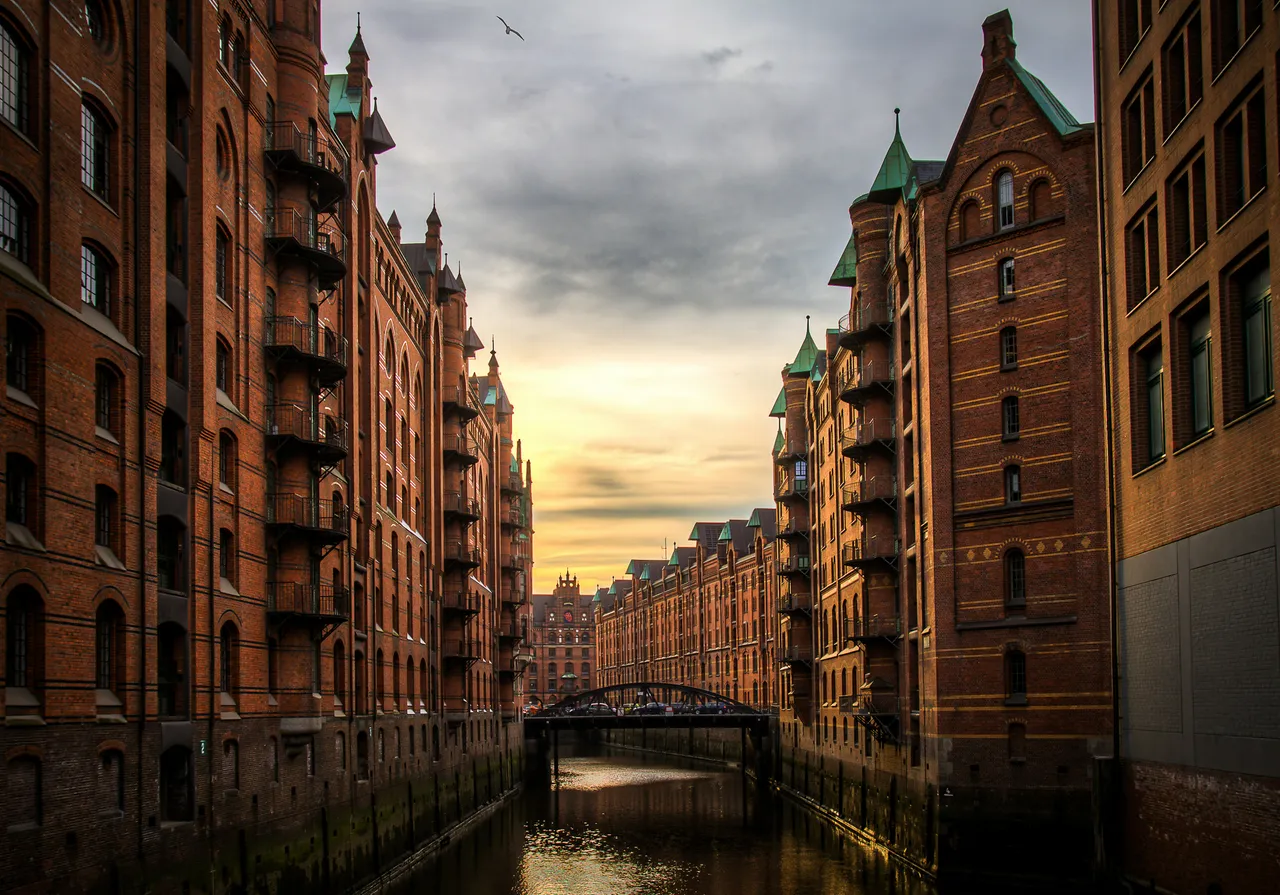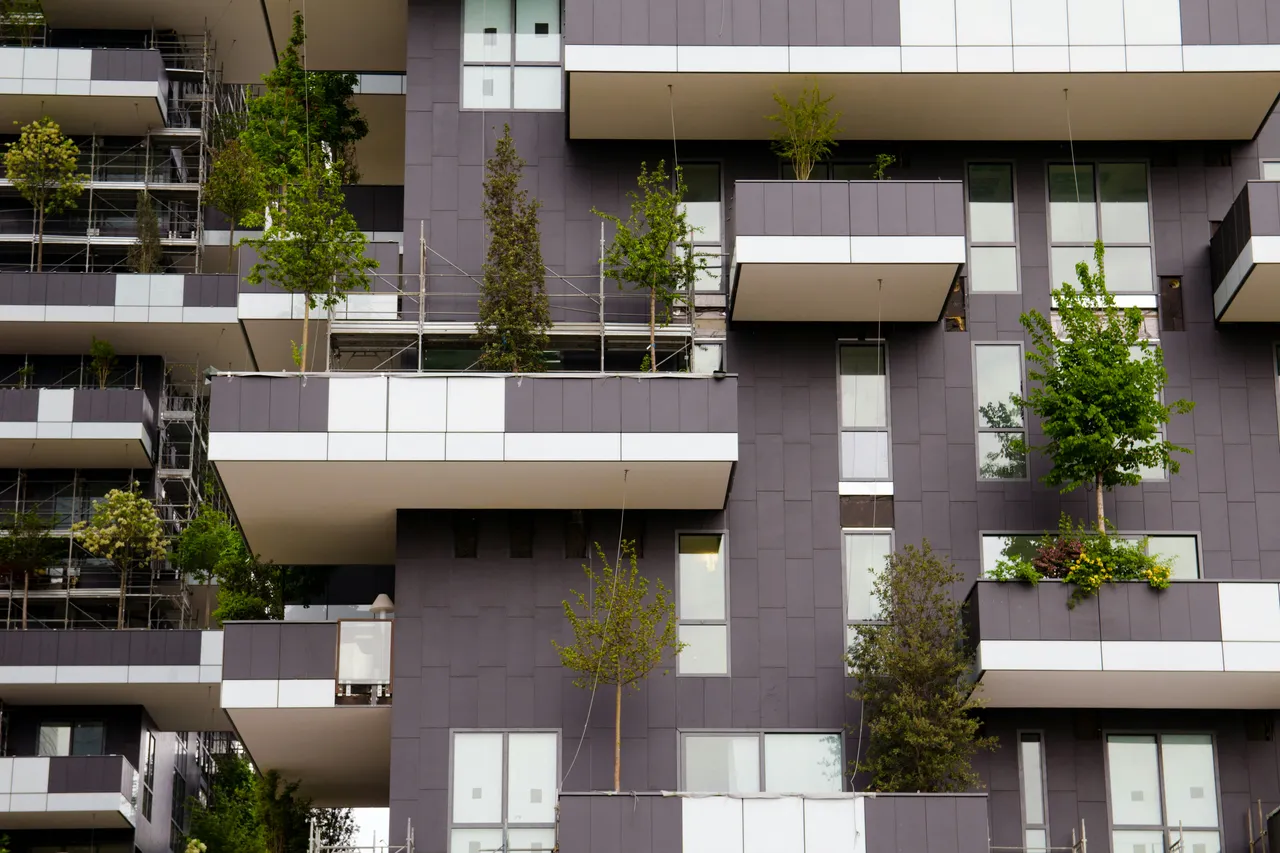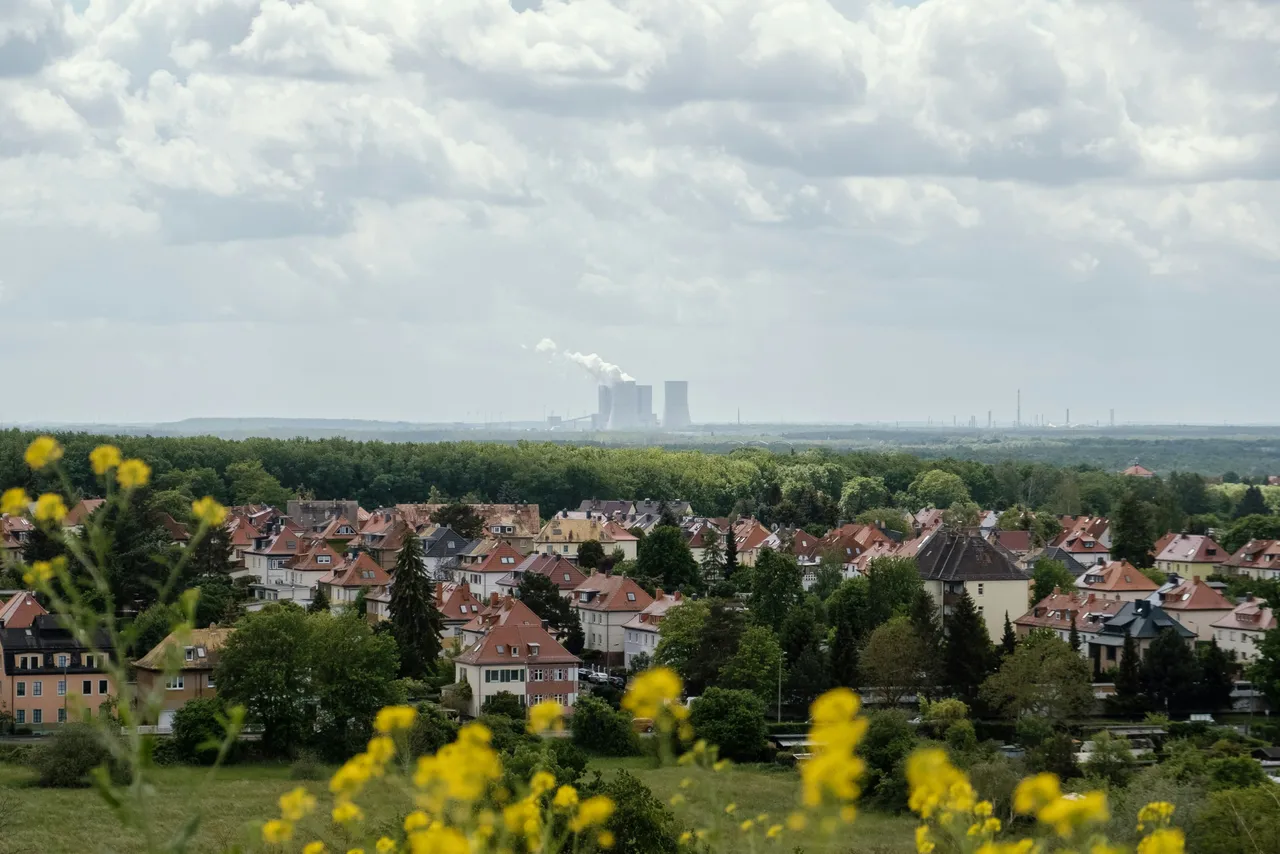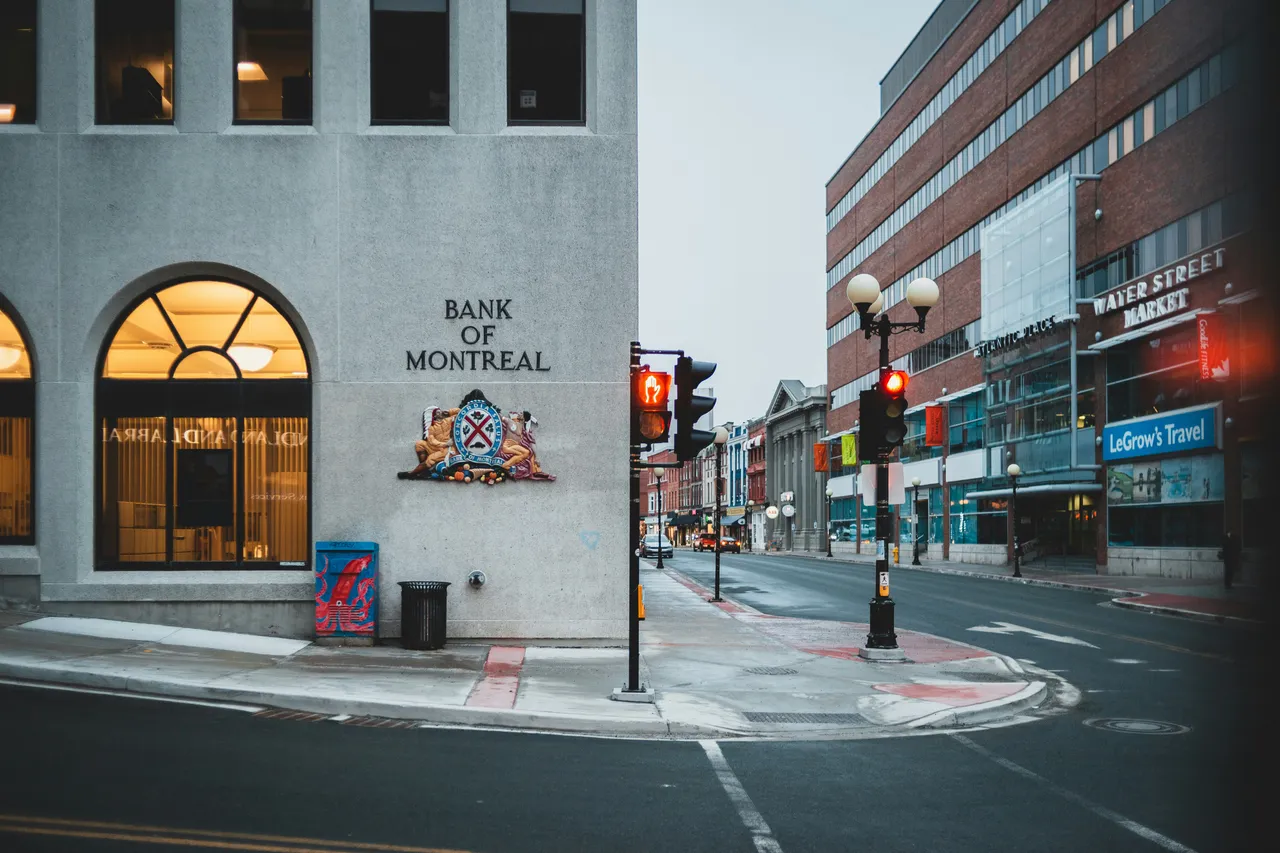Transforming Urban Landscapes: How AI and IoT Will Redefine Farming
November 29, 2025Urban farming is emerging as a vital solution to food security in rapidly growing cities. By integrating artificial intelligence (AI) and the Internet of Things (IoT), urban agriculture can become more efficient, sustainable, and responsive to the needs of urban populations. AI refers to the simulation of human intelligence in machines, while IoT encompasses the network of interconnected devices that collect and exchange data.
Navigating Urban Policy: Understanding How Governing Laws Shape Our Cities
November 20, 2025Urban policy plays a significant role in shaping the environments we live in. With over 80% of the U.S. population now residing in urban areas, the governing laws that dictate urban development have never been more important. This article argues that understanding and engaging with urban policy is vital for urban planners and everyday citizens who are directly impacted by these laws.
Smart Materials: Pioneering a New Era in Urban Design
November 13, 2025Imagine walking through a city where buildings not only stand tall but also respond to their environment. Welcome to the world of smart materials, a revolutionary concept that is transforming urban design. These innovative materials can adapt to changing conditions, enhancing the efficiency, sustainability, and functionality of our urban spaces.
The Future of Urban Water Management: Innovative Approaches to Conserve Water in Cities
November 6, 2025Water scarcity is becoming an increasingly pressing issue for urban areas around the globe. According to the United Nations, by 2025, nearly 1.8 billion people will live in regions with absolute water scarcity. As cities continue to grow, the demand for water is skyrocketing, leading to an urgent need for innovative water management strategies.
The Role of Technology in Enhancing Public Transit
October 30, 2025Technology plays a significant role in enhancing public transit systems, primarily through innovations such as artificial intelligence (AI), the Internet of Things (IoT), and machine learning. For instance, cities that have adopted smart transit solutions have witnessed a 20% increase in user satisfaction.
Adaptive Reuse: Breathing New Life into Old Urban Spaces for Sustainability and Community Enhancement
October 23, 2025In an era where urban spaces are rapidly evolving, the concept of adaptive reuse stands out as a beacon of sustainability and innovation. By repurposing old buildings for new uses, cities can revitalize neglected spaces while preserving their historical essence. This article explores the significance of adaptive reuse in urban development, highlighting its benefits, challenges, and successful case studies.
The Role of AI in Predicting Urban Development Trends
October 8, 2025Imagine a city where urban planners can foresee growth patterns, optimize infrastructure, and enhance sustainability, all thanks to artificial intelligence (AI). As urban areas continue to expand and evolve, integrating AI technologies is becoming increasingly important in shaping our urban landscapes.
The Role of Citizen Science in Urban Sustainability: Empowering Communities to Drive Change
October 1, 2025In our busy cities, a quiet revolution is happening. Citizen science, which involves collaboration between everyday people and scientists, is changing urban landscapes and empowering communities to tackle important environmental challenges. Imagine a neighborhood where residents actively monitor air quality, track local wildlife, and contribute to urban planning while learning about the science that shapes their environment.
Future-Proofing Cities: Strategies for Resiliency in the Face of Climate Change
September 24, 2025Climate change is creating serious challenges for cities worldwide. From rising sea levels to extreme weather events, urban areas must adapt to protect their residents. Future-proofing cities is not just necessary. It is an urgent call to action. This article explores effective strategies that urban planners, architects, and policymakers can use to make cities more resilient to climate change.
Retrofitting Urban Infrastructure for Sustainability: Techniques and Benefits
September 10, 2025In an era where urban centers are grappling with the impacts of climate change, retrofitting urban infrastructure has emerged as a critical strategy for sustainability. As cities expand and evolve, the need to upgrade existing structures to meet current environmental standards becomes increasingly urgent.
Transforming Urban Spaces: The Role of Energy-Efficient Design
September 3, 2025As over half of the world's population now lives in urban areas, the need for energy-efficient design is urgent. Energy-efficient design is not just a trend. It is a necessity for creating sustainable urban environments. By integrating energy-efficient practices into urban planning, we can reduce environmental impact. We can also enhance public health and create economically viable communities.
Revolutionizing Urban Shelter: Unleashing the Potential of Modular Housing for a Sustainable Future
August 27, 2025Urban areas are facing unprecedented challenges in housing availability and affordability. According to recent studies, the U.S. is experiencing a shortage of over 7 million affordable rental units, highlighting the urgent need for innovative housing solutions. As populations continue to grow, the demand for sustainable and efficient living solutions has never been more pressing.
Designing Cities for Everyone: The Importance of Social Equity in Urban Development
August 19, 2025As urbanization accelerates, the concept of social equity has become a vital aspect of urban development. Ensuring fair access to resources for all community members, especially marginalized groups, is critical for fostering inclusive, resilient, and sustainable urban environments.
Harnessing Technology for Urban Agriculture: Smart Solutions for Food Security
August 12, 2025Urban agriculture is emerging as a vital solution to the pressing issue of food security in cities. As urban populations continue to grow, the demand for fresh, locally-sourced food has never been higher. However, traditional farming methods often struggle to meet this demand due to space limitations and environmental challenges. This is where technology comes into play, transforming urban farming practices and enhancing food production in innovative ways.
Implementing Smart Waste Management Systems: A How-to Guide for Urban Communities
August 5, 2025Urban areas around the globe are grappling with a mounting waste crisis. According to the U.S. Environmental Protection Agency, the total generation of municipal solid waste (MSW) in the United States reached approximately 292.4 million tons in 2018, translating to about 4.9 pounds per person per day.
Community-Led Urban Design: Enhancing Neighborhood Cohesion
July 29, 2025In the current urban environment, community involvement in shaping our surroundings is increasingly important. Community-led urban design empowers residents to actively participate in planning and developing their neighborhoods. This collaborative process enhances neighborhood cohesion and fosters a sense of ownership and pride among residents.
The Future of Urban Living: How Smart Cities Will Transform Our Daily Lives
July 10, 2025Urban living is on the brink of a revolution, driven by the rise of smart cities. These innovative urban areas leverage technology and data to enhance the quality of life for residents while promoting sustainability and efficiency. As cities grapple with challenges like congestion, pollution, and resource management, the concept of smart cities emerges as a vital solution.
The Advantages of Mixed-Use Developments: How Combining Spaces Enhances Urban Living
July 3, 2025Imagine a neighborhood where you can live, work, and play all within a short walk. This is the promise of mixed-use developments, which are becoming increasingly important in urban planning. By combining residential, commercial, and recreational spaces, these developments not only enhance convenience but also foster vibrant community life.
The Role of Data Analytics in Urban Planning
June 25, 2025As cities grow and evolve, data analytics has become a vital tool for urban planners. With increasing urban populations, challenges like traffic congestion, pollution, and resource management are more pressing than ever. By utilizing data analytics, city planners can make informed decisions that improve residents' quality of life and promote sustainable development.
Urban Wildlife: Reimagining Urban Spaces for Biodiversity and Ecological Resilience
June 9, 2025Urban areas are often viewed as concrete jungles, but they can also be vibrant ecosystems teeming with life. Did you know that urban biodiversity has declined by over 50% in many cities worldwide? According to the World Wildlife Fund (WWF), this decline poses significant challenges for urban ecosystems. As cities continue to grow, integrating urban wildlife and biodiversity into city planning becomes increasingly important.
Urban Heat Mitigation: Innovative Solutions for Cooler Cities
June 1, 2025As urban areas continue to grow, the challenge of rising temperatures becomes increasingly pressing. The phenomenon known as the urban heat island effect causes cities to experience significantly higher temperatures than their rural counterparts. This effect is primarily due to human activities, extensive concrete and asphalt surfaces, and a lack of vegetation.
The Impact of Urban Agriculture on Food Security and Community Health
May 24, 2025Urban agriculture is more than just a trend. It serves as a vital solution to pressing issues like food insecurity and community health. As cities grow and food deserts expand, urban farming emerges as a beacon of hope. It provides fresh produce and fosters community connections. This article explores how urban agriculture enhances food security, improves community health, and strengthens cultural ties within urban populations.
The Intersection of Technology and Community: Transforming Urban Living through Neighborhood Apps
May 16, 2025In an age where technology is seamlessly woven into the fabric of our daily lives, the importance of community remains a cornerstone of urban living. Neighborhood apps are revolutionizing how residents interact, share information, and engage with their surroundings. These digital platforms not only enhance connectivity but also foster a sense of belonging in increasingly crowded urban environments.
The Hidden Benefits of Biophilic Design in Urban Environments: Enhancing Urban Living through Nature Integration
May 9, 2025Imagine stepping into a bustling city. The air is fresh. The streets are lined with greenery. The sound of chirping birds fills the air. This isn't just a dream. It's the potential reality of urban environments that embrace biophilic design. By integrating natural elements into urban spaces, biophilic design beautifies our surroundings. It also significantly enhances mental health, reduces stress, and promotes overall well-being.
The Role of Urban Green Spaces in Enhancing Quality of Life
March 20, 2024Urban green spaces are essential in enhancing the quality of life in cities, offering a respite from the urban environment and promoting well-being among residents. This article explores the vital role these spaces play in urban areas.
Exploring the Future of Urban Mobility: The Rise of Electric and Autonomous Vehicles
March 14, 2024Urban mobility is undergoing a transformative evolution, driven by the advent of electric and autonomous vehicles. This shift not only promises to make urban transportation more sustainable but also reshapes how cities are planned and function.
Innovative Waste Management Strategies for Cleaner, Greener Cities
March 1, 2024In today's cities, effective waste management is a critical component of sustainable urban development. This article explores innovative strategies that are making cities cleaner and greener, ensuring urban environments are not only livable but also conducive to a healthier planet.
Smart Cities: Integrating IoT Technologies for Enhanced Urban Life
February 14, 2024Exploring the integration of Internet of Things (IoT) technologies within urban environments can significantly enhance the quality of city life. This article delves into the ways smart cities utilize IoT to improve sustainability, efficiency, and livability.
Green Architecture: How Sustainable Buildings are Transforming Urban Landscapes
January 24, 2024In an era where sustainability has become a pressing concern, green architecture emerges as a beacon of hope, offering innovative solutions for urban development. This article delves into how sustainable buildings are not just transforming urban landscapes but also setting new standards for living spaces in cities around the globe.





























